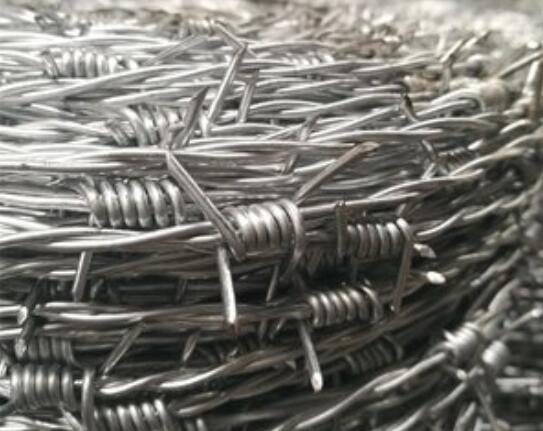The Importance of Mesh Wire for Bird Cages
When it comes to creating a safe and comfortable environment for pet birds, choosing the right materials is crucial. Among these materials, mesh wire stands out as a fundamental component in the construction of bird cages. This article delves into the various aspects of mesh wire for bird cages, highlighting its advantages, types, and considerations for pet owners.
Why Choose Mesh Wire?
The primary purpose of using mesh wire in bird cages is to ensure the safety of the birds while providing adequate ventilation. Unlike solid walls, mesh wire allows for better air circulation, which is essential in preventing the buildup of harmful gases and humidity. This feature is particularly important for species susceptible to respiratory issues, such as budgerigars and canaries. The open structure of mesh also provides an opportunity for birds to engage with their surroundings, promoting mental stimulation.
Furthermore, mesh wire acts as a barrier to protect birds from predators. It is crucial, especially for outdoor aviaries, where exposure to wildlife can pose a significant threat. By using sturdy, high-quality mesh wire, owners can feel confident that their birds are secure within their habitat. The visibility offered by mesh allows pet owners to observe their feathered friends easily, enhancing the bond between them.
Types of Mesh Wire
When selecting mesh wire for bird cages, there are several types to consider, each with its characteristics and suitability for different species
. The two most common types are welded wire and hexagonal netting.1. Welded Wire Mesh This type of mesh consists of wires that are welded together at each intersection, creating a very sturdy and rigid structure. Welded wire is excellent for larger birds, such as parrots or macaws, as it can withstand their strength and beak power. It also comes in various gauge sizes, making it customizable according to the specific needs of the birds housed within.
2. Hexagonal Netting Often referred to as chicken wire, hexagonal netting is more lightweight and flexible. While it can be suitable for smaller birds, it may not be the best choice for larger species due to the potential for them to bend the wire or escape. However, it can be an excellent option for temporary enclosures or for smaller aviaries where high visibility and ventilation are desired.
mesh wire for bird cage

Considerations for Pet Owners
When choosing mesh wire for bird cages, there are several important factors to consider
- Gauge and Size It's essential to select the appropriate gauge thickness and mesh hole size based on the species of birds being housed. Smaller birds can be accommodated with finer mesh, while larger birds require thicker, stronger mesh to prevent escape or injury.
- Material Quality Ensure that the mesh wire is non-toxic and free from harmful coatings. Birds are known to chew on their surroundings, and any toxic materials can lead to serious health issues.
- Maintenance The selected mesh should be easy to clean and maintain. Regular cleaning is essential to prevent the buildup of bacteria and to provide a healthy living environment.
- Installation Safety Proper installation is vital to ensure the mesh wire is securely fastened and cannot be dislodged by the birds. This not only enhances safety but also increases the longevity of the cage.
Conclusion
In summary, mesh wire is an integral component of bird cages, offering numerous benefits such as safety, visibility, and ventilation. By understanding the different types available and considering essential factors for selection, pet owners can create a secure and nurturing environment for their beloved feathered companions. Choosing the right mesh wire ultimately contributes to the health and well-being of birds, enhancing their quality of life in captivity.

















